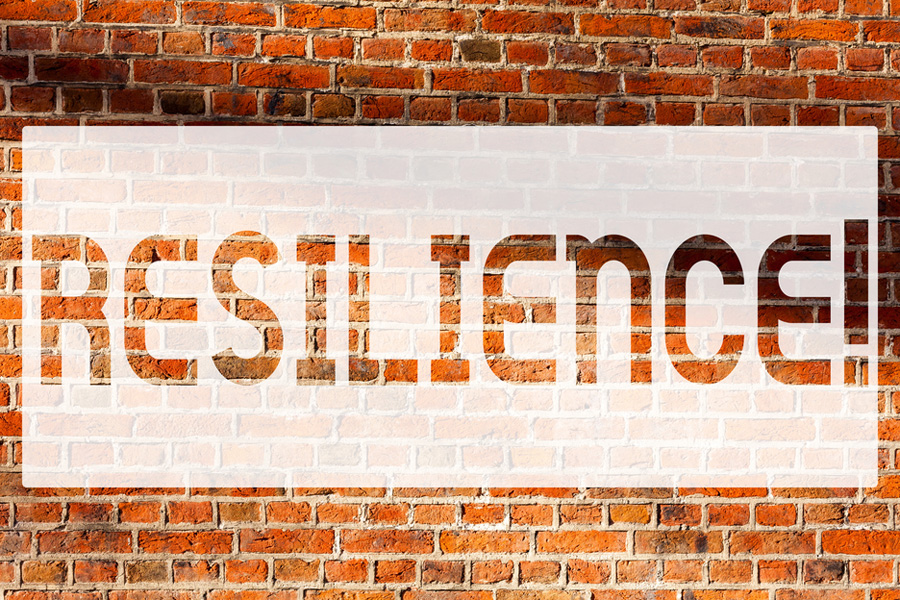I often hear others comment, “It’s too late to make a change now. I’m too old!” Worse yet, so many people actually believe that, but I don’t! I believe that it is never too late to change. You are never too old or out of shape to make improvements and renew your life. Being healthy and aging well is not a single choice to be made once and then never re-visited. It is a series of constant choices that add up to a way of living and constant renewal.
Aging well encompasses all of the following aspects of our being: physical, mental, emotional, and spiritual. It also includes the community around us. This year, choose to make small consistent choices to renew these areas of your life. This will make all of the difference in aging well. Each person’s physical journey as he/she ages is different. Taking consistent and appropriate action now can vastly change future outcomes.

7 Strategies to Renew Your Health:
Walk more!
Walking is one of the most fundamental activities we perform as humans. Research is very clear that frequent movements (like walking) are the key to avoiding many chronic conditions. Walking lowers your risk of Alzheimer’s disease, heart disease, stroke, and diabetes. It can lower blood sugar levels when performed directly after meals. Elevated blood sugar levels are a major contributing factor to excessive internal inflammation which is associated with most chronic illnesses. Walking can also be an essential component in psychological well-being. Walking as exercise and generally walking more during the day should be considered the first line defense in slowing the aging process and maintaining functional independence.
Embrace fashion.
The first step in adopting a new healthy behavior is to envision and feel what it would be like as if you had already adopted that new behavior. This allows your brain an opportunity to already feel what it would be like to make a change without fully doing so. This can be very motivating. Investing in gadgets or new work out attire, including new walking shoes, can be both motivating and fun. Get in the mindset of adopting the new behavior. Envision how you will look and feel once you have made the changes. Then go for it!
Take control.
There is nothing more important than your health. You have control over most of the aspects in your life that affect your health and well-being. Take charge, and empower yourself. You must be your greatest advocate. Western medicine is designed to keep you alive, not to help you thrive. Taking a passive role in your health is not a wise choice in America’s current health care environment. Only you are responsible for your health. Decisions now will determine how successful you age in the future.
Make the decision.
Research on willpower has shown that it is a finite resource. We actually use up our willpower during the day and have to replenish it daily. This is why you are more likely to “fall off the wagon” later in the day rather than earlier. Decide on the change and commit to the decision. Then implement structure to your day that causes the behavior to be more automatic. Therefore, eliminating the need to rely solely on willpower.
Maintain your strength.
Although all muscle fibers decline some as you age, the fast twitch (Type II) fibers show the most declines. Some loss of strength is anticipated as you age. Losing strength to the point of complete debility or loss of mobility and independence is not a normal aging process.
Strength training is a critical component to maintaining and growing additional Type II muscle fibers. The stronger you are, the more resistant to injury you are. You are more likely to maintain proper functional mobility. Also, strengthening of the core area (the abdominals and back extensors) helps to manage low back pain.
Perform high intensity training (HIT).
The research on the effectiveness of HIT continues to grow. Even more impressive are the findings that HIT can be safely performed at any age and with almost every medical condition. It is now even being implemented in many progressive Cardiopulmonary Rehabilitation Programs, where people are recovering from all kinds of cardiac and pulmonary disorders such as COPD, heart attacks, and heart valve replacements.
Perform your cardio activity in short bursts (ranging from 30-60 seconds at a time) followed by a one to two minute recovery. The 30-60 seconds should be at a high intensity, meaning your rate of perceived exertion (RPE) is high. You should be breathing heavy. Accommodations can be made for almost any type of medical condition. For example, HIT may be performed while using a stationary bicycle, an upper body only bicycle, a rowing machine or in the pool. You can also walk uphill at a quick pace, then stop and rest. The point is to get your heart rate up, and then bring it back down for a full recovery prior to repeating.
If you feel unsure as to how to safely perform this type of training, please seek the help of a competent cardiopulmonary trained physical therapist or exercise physiologist.
Get started!
Make 2022 your year to renew your commitment to make the necessary changes that will empower you to age well. Most importantly, just get started! It’s never too late to maximize your health and well-being in 2022 by implementing these 7 strategies.
Which strategy can you implement in order to age well in 2022? Please leave your comments below.
Thank you for supporting The Physical Therapy Advisor! I look forward to serving you in 2022! If you have a question that you would like featured in an upcoming blog post, please comment below or submit your question to contact@thePhysicalTherapyAdvisor.com. In case you haven’t already, be sure to subscribe to my e-mail list and YouTube channel as well as join our community on Facebook by liking The Physical Therapy Advisor!








